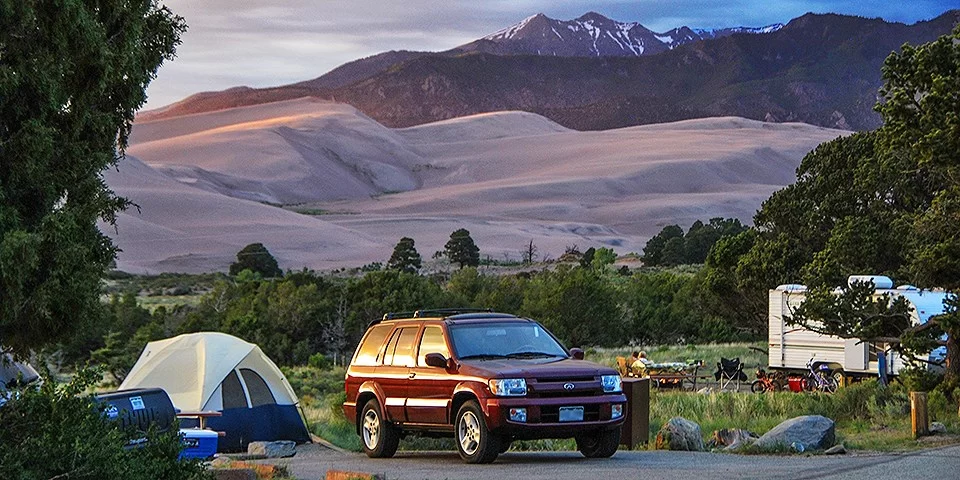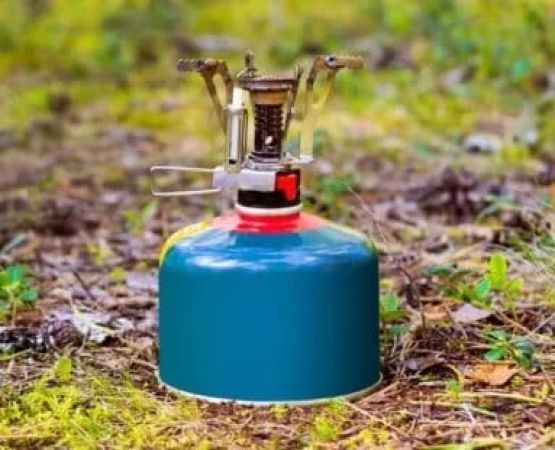How to Pick the Ideal Campsite for Wildlife Watching in the USA
Choosing the right campsite for wildlife watching is not only about finding a place to set up your tent. It’s about immersing yourself in nature and observing the creatures that call the wild home. Over the years, I’ve learned that a good campsite can make all the difference in having a rewarding wildlife experience. From the right location to setting up your tent, here’s what I’ve discovered about finding the perfect spot for wildlife watching during your camping trip in the USA.
1. Choose a Campsite in the Right Location
When it comes to wildlife watching, location is everything. You’ll want to pick a campsite close to habitats known for rich wildlife activity. In the United States, national parks and wildlife refuges are great places to start. Think about locations like Yellowstone, Grand Teton, or Everglades National Park. These areas boast a diverse range of animals, from bison and wolves to birds and alligators. Picking the right region is half the battle.
Another tip: opt for campsites near water sources like lakes, rivers, or wetlands. Animals are often drawn to these areas for drinking, feeding, or cooling off. I once set up camp near a secluded lake in Glacier National Park, and it didn’t take long before a family of moose appeared at the water's edge. The sight was breathtaking, and I was glad to have chosen that spot!
2. Consider the Time of Year
The best time for wildlife watching depends heavily on the time of year. Seasons play a huge role in animal behavior, and understanding these patterns can help you find the perfect campsite. For example, many animals are more active during the early spring or fall months when they are either preparing for winter or actively seeking food before the cold sets in.
Summer can be a bit trickier, as many animals are less visible during the hottest part of the year. During this time, you might see wildlife earlier in the morning or later in the evening when temperatures are cooler. If you’re planning to camp in the summer, be prepared to adjust your schedule for prime wildlife sightings. I learned this the hard way during a summer camping trip to Yosemite when most of the wildlife was hiding during the hot midday sun!
3. Choose a Campsite that’s Remote but Accessible
One of the biggest mistakes I’ve made in wildlife camping is picking a campsite that’s too close to busy roads or popular hiking trails. Wildlife tends to shy away from areas with a lot of human activity, so I’ve learned to look for campsites that are a bit off the beaten path. A remote location means fewer distractions and more chances to observe animals in their natural habitat. However, it’s important to find a campsite that’s still accessible enough for you to safely get to and from.
I’ve had the best wildlife experiences in campsites that were just far enough from civilization to keep animals undisturbed but still easy for me to access. In the wilds of Northern California’s Redwoods, for example, I camped in a quiet spot just outside a popular trailhead, and it was the perfect balance of privacy and proximity to wildlife.
4. Pay Attention to the Landscape
The landscape of the area around your campsite plays a crucial role in the types of wildlife you’ll encounter. Animals have specific needs when it comes to food, shelter, and water, so consider the surrounding environment when choosing a campsite. I’ve found that campsites near dense forests, grasslands, or coastal areas often attract a variety of animals. Pay attention to whether the campsite is near any known animal migration paths or if the landscape offers food sources such as berries, shrubs, or trees.
For example, in the forests of the Great Smoky Mountains, I once had a close encounter with a black bear. I was camping near a dense thicket of wild blueberries, which I later learned was a prime food source for the local bears during late summer. This proximity to natural food sources made the campsite a hotspot for wildlife.
5. Look for Campsites with Good Wildlife Viewing Opportunities
When I camp, I like to ensure I have plenty of opportunities to see wildlife up close. Choose campsites that offer good visibility of nearby wildlife activity. A raised campsite or one with panoramic views can provide the perfect vantage point for watching animals without disturbing them. I’ve found that campsites along ridgelines or near open meadows tend to offer some of the best views of animals like deer, elk, or even predators like wolves.
If you’re not sure where the best viewing spots are, I recommend talking to park rangers or local wildlife experts. They can point you to areas known for high wildlife activity or suggest safe ways to observe animals from a distance. After all, respecting wildlife by maintaining a safe distance is key to both your safety and theirs.
6. Camp Responsibly and Respect Wildlife
Last but certainly not least, always camp responsibly and respect the wildlife you’re there to observe. I’ve had the privilege of witnessing incredible wildlife moments, but I’ve also seen firsthand the negative impacts that careless campers can have on animals. Always store food properly, keep a safe distance from animals, and avoid using loud noises or lights that can disturb wildlife. Following the “Leave No Trace” principles is essential for maintaining the natural beauty and serenity of these areas.
On one of my trips to the Everglades, I saw a group of campers ignoring the park’s guidelines by feeding an alligator. This not only put the campers in danger but also created a situation where the gator became habituated to human food. Since then, I’ve made it a point to always follow the rules and encourage fellow campers to do the same to ensure that future generations can experience wildlife just as I have.
7. Essential Gear for Wildlife Watching Camping
For the best wildlife experience, having the right gear is crucial. I never leave home without binoculars and a camera to capture the moments I encounter. A good pair of hiking boots and a reliable tent are also essential for comfortable camping. And don't forget about your field guide for identifying animals, as well as a first aid kit in case of emergencies. Depending on the location, you might also want to bring a wildlife-safe food storage container to keep critters out of your supplies!
With the right planning and equipment, you can enjoy an unforgettable wildlife camping experience in the USA. I can’t recommend enough the magic of being in nature, watching animals in their natural habitat, and reconnecting with the wilderness. So, pack your bags, pick your perfect campsite, and get ready for your next wildlife adventure!







